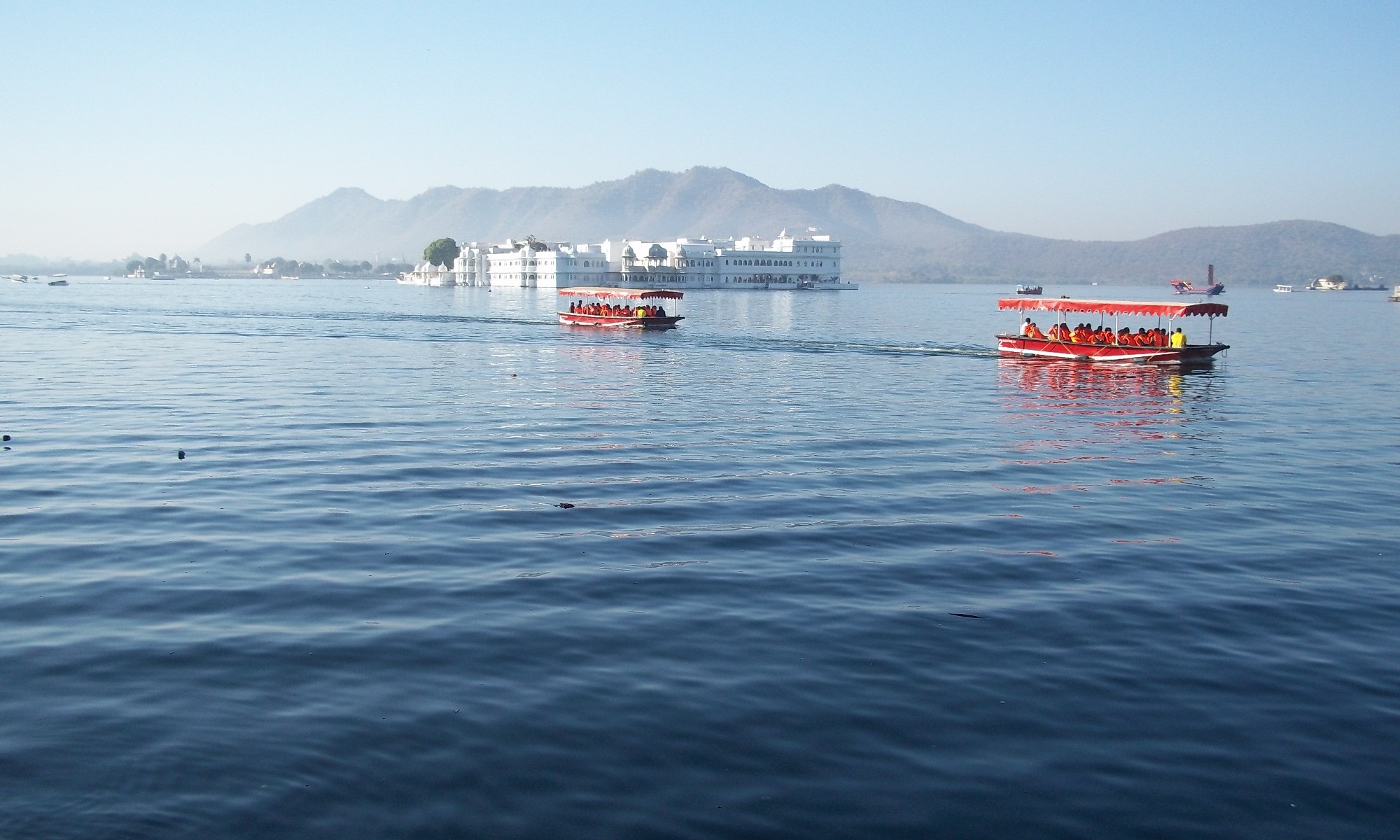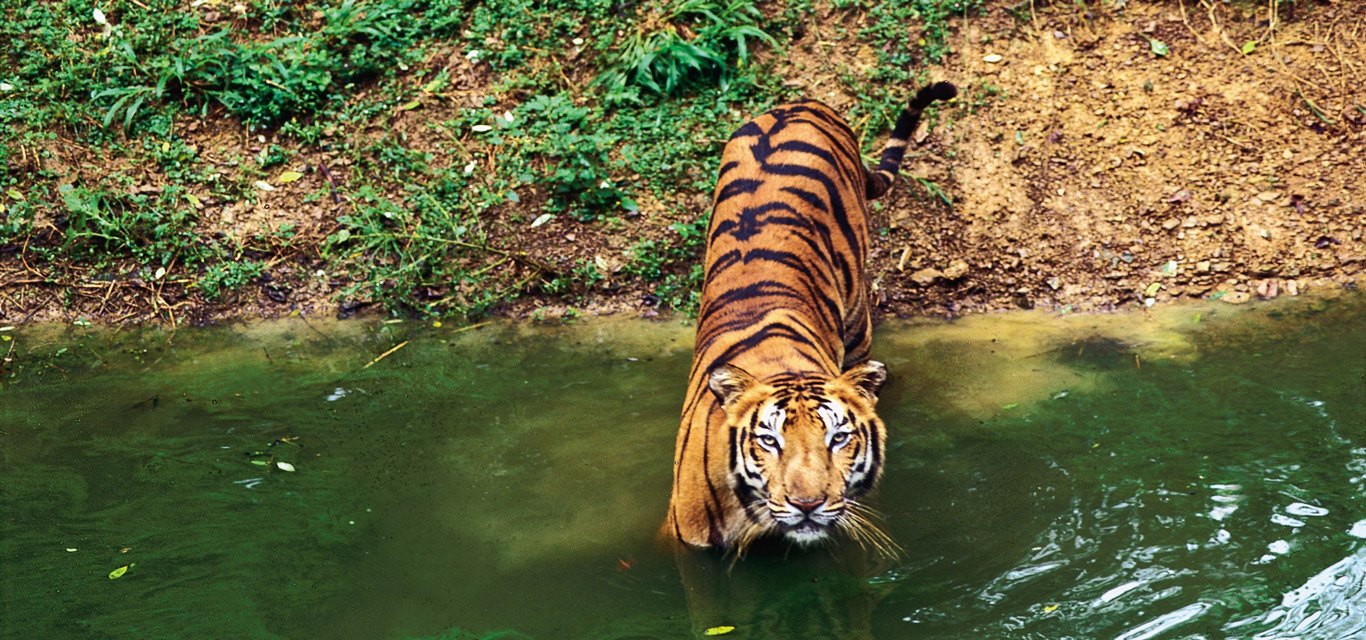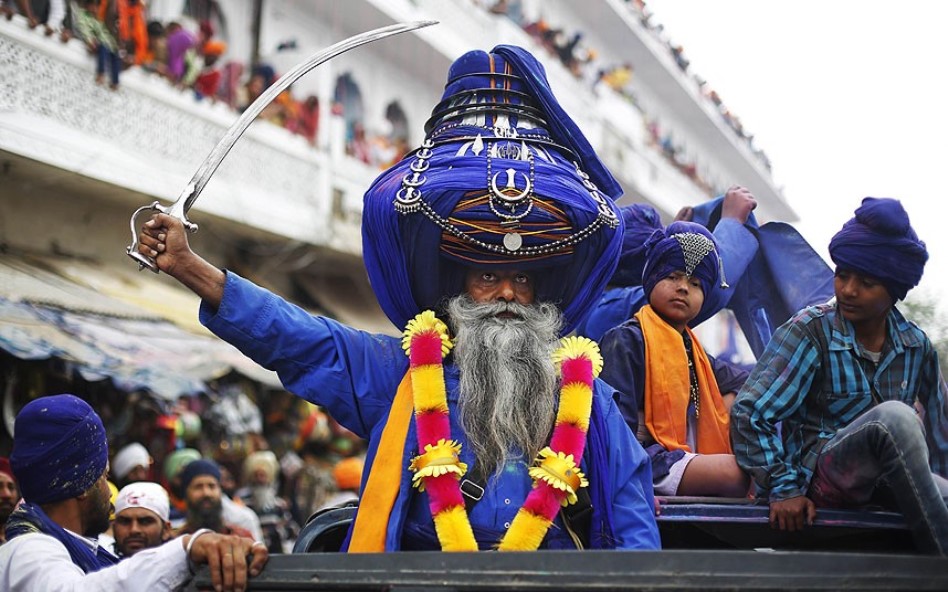Tour Program
Day 01: Arrive Paro
You will fly into Paro. In clear weather, Druk Air’s flight to Bhutan provides a spectacular view of Himalayan scenery. Whether flying along the Himalayan range from Kathmandu or over the foothills from Kolkatta, it is a fascinating journey, culminating in an exciting descent past forested hills into the kingdom. You will be met on arrival and transfer to your hotel for 2 nights stay. Afternoon you can take an exploratory walk around city’s main street. Also visit Kyichu Lhakhang, one of the oldest and most sacred temples in the Kingdom, dating back to 7th century.
Day 02: Paro
After breakfast drive to ruined fortress, the Drukgyal Dzong. Strategically built over the only passage into Paro valley, the Bhutanese repelled several invading Tibetan armies during the 17th century from this location. On a clear day, one can see the commanding view of Mount Chomolhari.
Later embark on a fascinating excursion to Taktsang Monastery popularly known as Tiger’s Nest. Perched on the side of a cliff 900m above Paro valley floor, it is Bhutan’s most revered temple. The hike to the monastery makes a splendid half-day excursion.
Evening visit Rinpung Dzong, meaning (“fortress of the heap of jewels”), which has a long and fascinating history. Along the wooden galleries lining the inner courtyard are fine wall paintings illustrating Buddhist lore such as four friends, the old man of long life, the wheel of life, scenes from the life of Milarepa, Mount Sumeru and other cosmic Mandala.
Day 03: Paro – Jele Dzong (8 km, 3 hours walk)
Morning visit Ta Dzong, the National museum, holding fascinating collection of art, relics, religious thangka paintings, handicrafts, masks, costumes, armour and Bhtuan’s exquisite postage stamps. The visit will provide an insight into the rich and unique cultural heritage and tradition of Bhutan.
Begin the trek. Today is a short trekking day. The journey starts with a short climb up to Jele Dzong. The trek trail ascends gradually up to the camp, and if the weather is clear Paro valley can be seen with snow-capped mountains behind. Above the camp is Jele-la pass (3,400m) and Jele Dzong (mostly in ruins). There is also a Lhakhang containing a statue of Buddha Sakyamuni. Overnight stay is in a tented camp.
Day 04: Jele Dzong – Jangchulakha (10 km, 3-4 hours walk)
Begin with a one and a half hour climb and then ascend more gradually upwards. The trail takes you through thick alpine forests and rhododendrons. You will have fine views of Jhomolhari and other snow-capped peaks if the weather is right, and you may hear some monal pheasants calling during the day. You may see yak herders around your campsite. Overnight stay is in tented camp.
Day 05: Jangchulakha – Jimilangtsho (11 km, 4 hours walk)
The trail follows the ridge, and on a clear day the views of the mountains and valley are sensational. You will enjoy a great view of Jichu Drake (6,989m), the peak representing the protective deity of Paro. Our camp is close to the Jimilangtsho lakes, which are famous for their giant sized trout. Overnight stay is in tented camp.
Day 06: Jimilangtsho – Simkota (11 km, 4 hours walk)
The trail takes you through dwarf rhododendron trees and passes by the lake of Janetsho. Today you may come across some yak herders’ camps and get an idea of how these people live. Overnight camp close to Simkota Lake, and if you are lucky you can catch a lake trout for your dinner. Overnight stay is in tented camp.
Day 07: Simkota – Phajoding (10 km, 4 hours walk)
Today begins with a gradual climb, and if the weather permits you will enjoy majestic views of Mt. Gangkar Puensum, the highest mountain Bhutan and a host of other peaks. The trail slowly descends through juniper trees to a campsite at Phajoding. Overnight stay is in tented camp.
Day 08: Phajoding – Thimphu (5 km, 3 hours walk)
After visiting Phajoding monastery built in 15th century by Shagcha Rinchen who introduced Drukpa Kagyu School in Bhutan in the 13th century, trek downhill to Thimphu passing through a forested area of mostly blue pine. Taking a leisurely pace, you reach Thimphu in about 3 hours.
Evening you will visit Trashichhoedzong, “fortress of the glorious religion”. This is the center of government and religion, site of monarch’s throne room and seat of Je Khenpo or Chief Abbot. Built in 1641 by the political and religious unifier of Bhutan, Shabdrung Ngawang Namgyal, it was reconstructed in 1960s in traditional Bhutanese manner, without nails or architectural plans. Overnight stay at the hotel in Thimphu.
Day 09: Thimphu – Punakha (75 km, 3 hours drive)
Morning visit National Library, holding a vast collection of Buddhist text and manuscripts, some dating several hundred years, as well as modern academic books mainly on Himalayan culture and religion. Then visit National Institute of Zorig Chusum or the School of Arts & Crafts, imparting training to young students in 13 traditional crafts of Bhutan.
Then drive to National Textile Museum showcasing a range of beautiful Bhutanese textiles. Later visit to Folk Heritage Museum is interesting and provides a fascinating insight into the traditional Bhutanese farm house and rural past through exhibits and documentation of rural life.
Then visit National Memorial Chorten, a sacred shrine built in 1974 in memory of the ‘Father of modern Bhutan’, third Druk Gyalpo Jigme Dorji Wangchuk.
After lunch, drive on to Punakha across Dochula pass (3080m) stopping briefly here to take in the view and admire the chorten, mani wall, and prayer flags which decorate the highest point on the road. If skies are clear, the following peaks can be seen from this pass (left to right): Masagang (7,158m), Tsendagang (6,960m), Terigang (7,060m), Jejegangphugang (7,158 m ), Kangphugang (7,170 m ), Zongphugang (7, 060 m ), a table mountain that dominates the isolated region of Lunana – finally Gangkar puensum, the highest peak in Bhutan at 7,497m. Overnight stay at the hotel in Punakha.
Day 10: Punakha – Paro (125 km, approximately 4 hours drive)
Punakha served as the capital of Bhutan until 1955 and still it continues to be the winter residence of central monk body.
Visit Punakha Dzong, Built strategically at the junction of Pho Chhu and Mo Chhu rivers in 1637 by Shabdrung Ngawang Namgyal to serve as the religious and administrative centre of the region, Punakha Dzong has played an important role in Bhutan’s history. Damaged by four catastrophic fires and an earthquake, the Dzong has been fully restored.
Then drive to Wangduephodrang visiting its majestic Dzong, founded by Zhabdrung Ngawang Namgyal in 1638. It is located on top of a high ridge overlooking a river junction. The Dzong stands majestically on a spur and commands an impressive view over both north-south and east-west roads.
After lunch, drive to Paro en route visiting Sitmokha Dzong, the oldest Dzong in the country which now houses the School for Buddhist studies. Overnight stay is at the hotel in Paro.
Day 11: Depart Paro
You will be transferred to airport for flight to next destination.
For Price Contact Us











